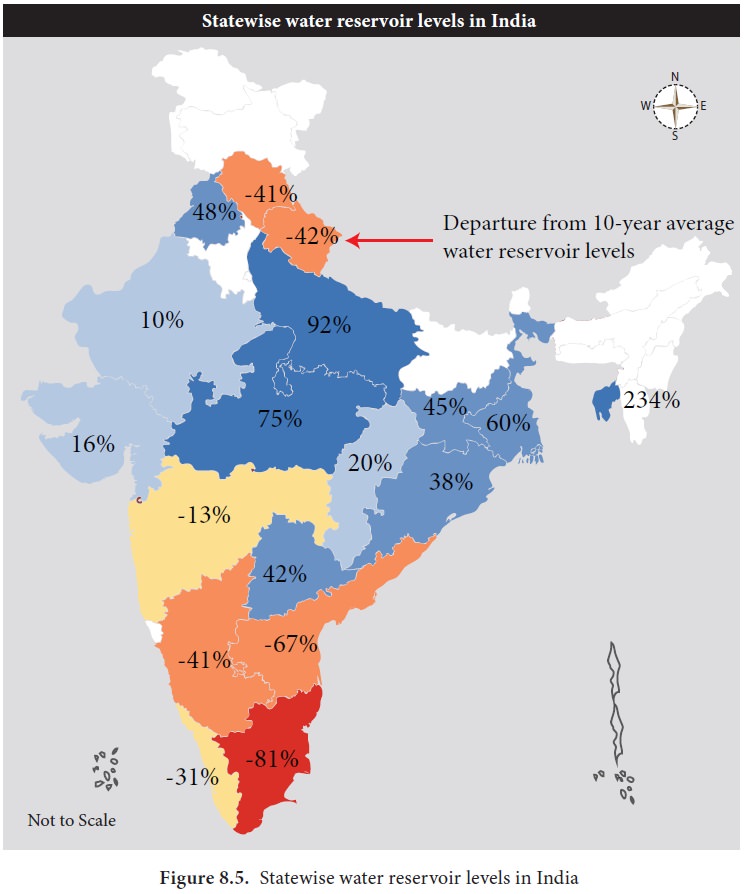Chapter: 11th Geography : Chapter 8 : Natural Disasters - Public Awareness For Disaster Risk Reduction
Flood - Disaster and Rules of actions during disasters
Flood
Flood destructions have always
brought miseries to numerous people, especially in rural areas. Flood results
in the outbreak of serious epidemics, specially malaria and cholera.
Simultaneously, scarcity of water also arises. It has a drastic effect on
agricultural produce. Sometimes, water remains standing over large areas for
long span of time hampering the Rabi crops.
India is one of the most flood prone
countries in the world. The principal reasons for flood lie in the very nature
of natural ecological systems in this country, namely, the monsoon, the highly
silted river systems and the steep highly erodible mountains, particularly
those of the Himalayan ranges. The average rainfall in India is 1,150 mm with
significant variation across the country. The annual rainfall along the western
coast and the Western Ghats, Khasi hills and over most of the Brahmaputra
valley amounts to more than 2,500 mm. Twenty-three of the states (29) and union
territories (6) in the country are subject to floods and 40 million hectares of
land, roughly one-eighth of the country’s geographical area, is prone to
floods. The National Flood Control Program was launched in the country in 1954.
Do’s before flood
•
Keep furniture and electrical appliances on beds and tables
•
Put sandbags in the toilet bowl and cover all drain holes to prevent
sewage back flow.
•
Keep your mobile charged
•
Listen to radio or watch television for the latest weather bulletin and
flood warnings.
•
Keep strong ropes, a lantern, battery operated torches, extra batteries
ready.
•
Keep umbrellas and bamboo sticks with you for protection from snakes.

Related Topics